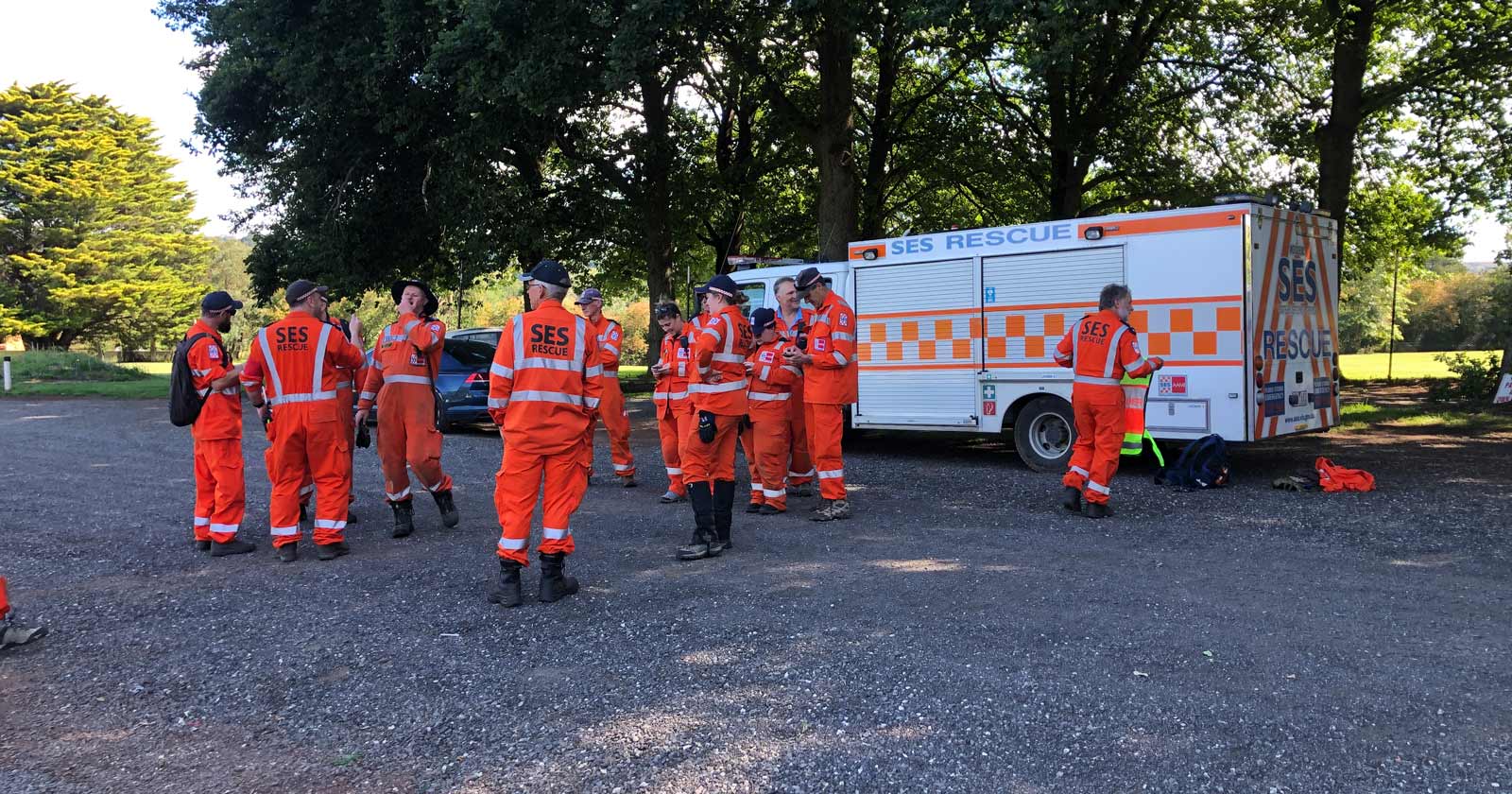Types of Beacons
Are you prepared if your become lost or injured and your life is in danger when hiking in the Australian bush? What is the Difference Between an EPIRB, ELT and PLB?
EPIRB – Emergency Position-Indicating Radio Beacons
EPIRBs are used in ships and boats and are designed to float upright using the water plane as a reflector to more efficiently get the signal to the satellite. For this reason they have ballast built in and need to be a certain minimum size to ensure they float correctly and their size and weight make them impractical for use by bushwalkers.
EPIRBs are commonly confused with PLBs. Whilst they are both distress beacons they are intended for different purposes and EPIRBs are not suitable for bushwalking. AMSA has discussed with BWRS its wish for the correct terminology to be used for beacons, so please try to refer to the units suitable for bushwalking as “PLB”.
ELT – Emergency Locator Transmitters
ELTs are designed for aviation and are larger, generally fixed units in aircraft that are automatically activated when an aircraft crashes. Again they are not suitable for bushwalkers as they are too large and heavy.
PLB – Personal Locator Beacon
PLBs for bushwalking use are called Personal Locator Beacons or PLB. These are small, lightweight units suitable for bushwalking use.
All 406MHz beacons should be registered. Registration is free and can be done here.
Be aware that some overseas beacons are not compatible with the Australian system. The safest way to avoid this problem is to purchase your PLB from a reputable Australian retailer, but if you wish to purchase internationally you must ensure the unit you are purchasing is compatible with the Australian system. Further information on this issue can be found here.
See the Australian Maritime Services Authority website for a more detailed information about the system and how to use it.
If you own a PLB, ensure it is registered, and on every remote trip register your trip intentions here.





